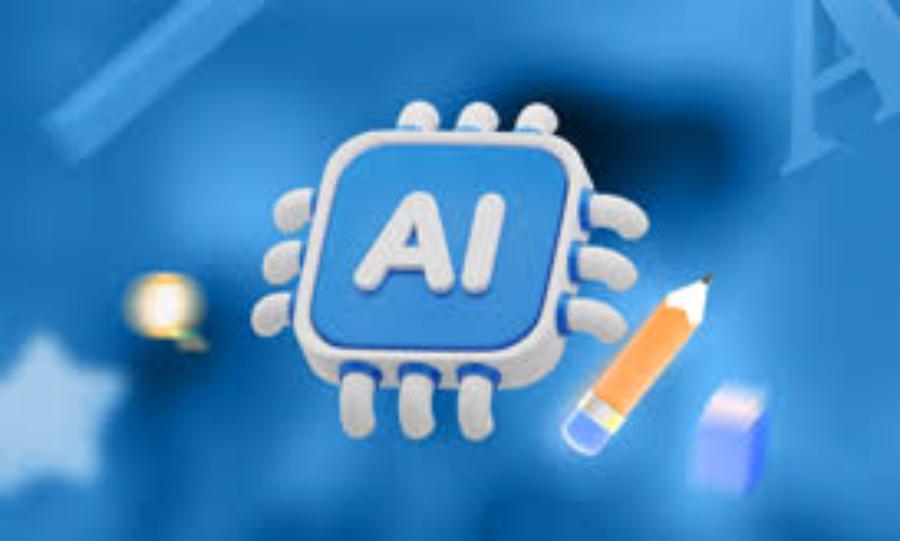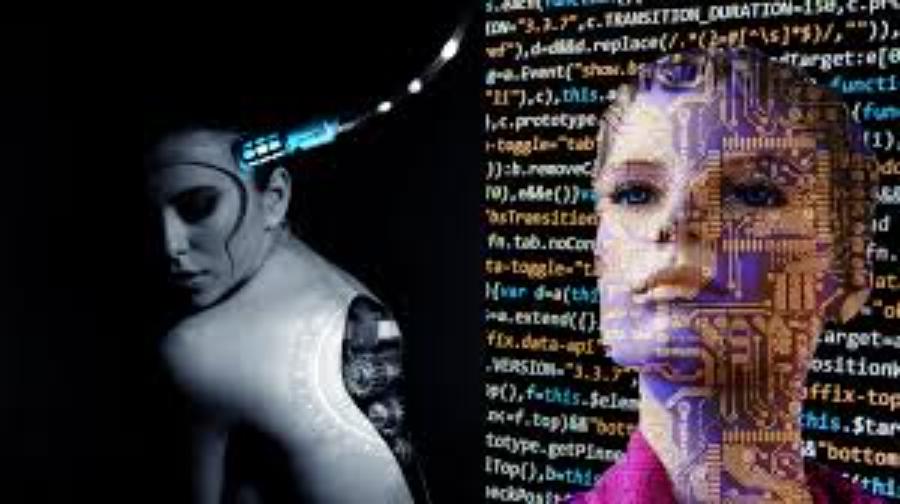Best Selling Products
AI in Product Design: Promising Future or Just a Mirage?
Nội dung
- 1. Introduction to AI and developments in product design
- 2. AI and its applications in product design
- 2.1 Automate the design process
- 2.2 User and market data analysis
- 2.3 Optimize user experience (UX)
- 2.4 Product innovation and new idea discovery
- 3. Benefits of applying AI in product design
- 3.1 Increase efficiency and reduce product development time
- 3.2 Improve accuracy and reduce errors
- 3.3 Create innovation and creativity
- 3.4 Reduce costs and optimize resources
- 3.5 Adapt quickly to market changes
- 4. Challenges in applying AI in product design
- 4.1 Ability to replace humans
- 4.2 Lack of flexibility and creative inspiration
- 4.3 Security and privacy issues
- 5. Conclusion
AI is changing the way products are designed, from process optimization to product creation. But can this technology completely replace human creativity? Discover the potential of AI in product design through the article below.

Artificial intelligence (AI) technology is becoming increasingly popular in many fields, and product design is no exception. With the ability to quickly analyze data and optimize the creative process, AI is expected to bring breakthrough improvements in design. However, can AI completely replace the role of humans in creating sophisticated and innovative products? In this article, Sadesign will analyze the benefits and challenges of AI in product design.
1. Introduction to AI and developments in product design
In recent years, the rapid development of artificial intelligence (AI) has opened up many new opportunities for various industries, including product design. AI has the ability to analyze and process a huge amount of data in a short time, which not only helps to reduce product development time but also creates unprecedented innovative solutions.
.jpg)
When AI is applied to product design, the creative process can be optimized, from market research to prototype production. This not only helps companies save costs but also promotes innovation in designs. However, with the development of technology, there are also many questions about the capabilities and limitations of AI in replacing or assisting designers.
With the ability to analyze data quickly and accurately, AI not only helps optimize the design process but also brings breakthrough ideas based on user needs and behaviors. The development of technologies such as machine learning and deep learning has opened up opportunities for designers to create smarter, more personalized and efficient products. In addition, AI also supports in predicting market trends, minimizing costs and risks in the product development process. In general, the application of AI in design not only improves product quality but also promotes innovation and creativity in this industry.
2. AI and its applications in product design
AI is increasingly proving to be an important player in the field of product design, bringing about huge leaps in efficiency and creativity.
2.1 Automate the design process
One of the most common applications of AI in product design is to automate the design process. AI tools can help create design models based on specific customer requirements or pre-programmed criteria. These AI software can analyze millions of design samples, thereby providing the most optimal options for users.
By learning from big data, AI can predict trends, improve user experience, and even create new designs quickly and accurately. This not only reduces product development time and costs, but also opens up opportunities for designers to focus on creativity and innovation, thereby improving product quality and better meeting market needs.
2.2 User and market data analysis
AI is capable of analyzing user data and market trends to make accurate design recommendations. Through machine learning algorithms, AI can predict consumer needs and preferences, thereby creating products that match market tastes. This helps designers save time in researching and creating new products.
2.3 Optimize user experience (UX)
.jpg)
In product design, user experience (UX) is a key factor in determining the success of a product. AI can analyze user behavior to optimize the look and function of a product. In this way, designers can create products that are not only beautiful but also easy to use, meeting the real needs of consumers.
2.4 Product innovation and new idea discovery
While AI cannot completely replace human creativity, it can be a powerful aid in discovering new ideas. AI tools can suggest innovative, unique designs that may not have come up during the traditional creative process. This opens up opportunities for designers to explore new directions in their work.
3. Benefits of applying AI in product design
Applying AI in product design not only brings innovation but also helps optimize processes, improve quality, and meet the increasing demands of the market. Below are the outstanding benefits that AI brings in this field.
3.1 Increase efficiency and reduce product development time
One of the most obvious benefits of applying AI to product design is the ability to reduce development time. With the ability to process and analyze data quickly, AI can help designers shorten the time from concept to actual production. This is especially important in industries that require flexibility and the ability to innovate quickly.
3.2 Improve accuracy and reduce errors
AI has the ability to analyze and process data with high precision, which helps to minimize errors that may occur during the design process. AI tools can identify and correct potential design errors, resulting in higher quality final products and avoiding problems that may arise during the manufacturing process.
3.3 Create innovation and creativity
.jpg)
AI not only helps optimize design processes but also inspires creativity. By analyzing market factors and trends, AI can help designers re-think problems from a new perspective, resulting in innovative, unprecedented solutions. This technology can help harness human creativity more effectively.
3.4 Reduce costs and optimize resources
With the ability to automate many steps in the design process, AI helps reduce the dependence on human resources and save costs in the product development process. Companies can use AI to replace repetitive tasks, freeing designers to focus on more creative and strategic issues.
3.5 Adapt quickly to market changes
In an ever-changing business environment, the ability to adapt quickly is vital. AI helps businesses closely monitor market trends and respond promptly by adjusting designs or developing new products to suit changing needs.
4. Challenges in applying AI in product design
.jpg)
As technology continues to advance, AI will certainly continue to play an important role in the design process. Of course, there will be certain challenges when applying AI to product design.
4.1 Ability to replace humans
While AI can greatly assist in automating design processes, there are concerns about its ability to replace humans in this field. Experienced and skilled designers are unlikely to be completely replaced by machines. AI can only support or supplement the human creative process, not completely replace their creativity.
4.2 Lack of flexibility and creative inspiration
AI can process and analyze data very quickly, but it lacks the flexibility and creative inspiration of humans. Creating an artistic and groundbreaking product requires a personal creativity that AI cannot have. Therefore, AI should only be seen as a supporting tool, rather than a complete replacement for designers.
4.3 Security and privacy issues
Using AI in product design involves collecting and processing large amounts of user data. This can create security and privacy issues, especially when the data is not properly protected. Companies need to ensure that they comply with security and user privacy regulations when applying AI to product design.
5. Conclusion
AI is becoming an increasingly important part of product design, bringing many benefits such as process optimization, improved accuracy and creativity. However, this technology also faces some challenges, especially the ability to replace humans and lack of human creativity. However, with the right combination of AI and humans, the product design industry will continue to thrive and bring innovative and breakthrough products in the future.












































